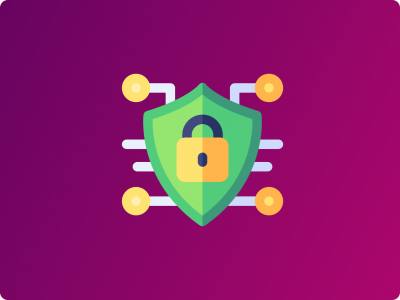Introduction to Cybersecurity for Beginners
This course provides a foundational understanding of cybersecurity, exploring essential concepts such as threats, vulnerabilities, and protection mechanisms. Designed for beginners, it covers topics like encryption, network security, and best practices to safeguard systems from cyberattacks.
English
Last updated
Fri, 25-Oct-2024






